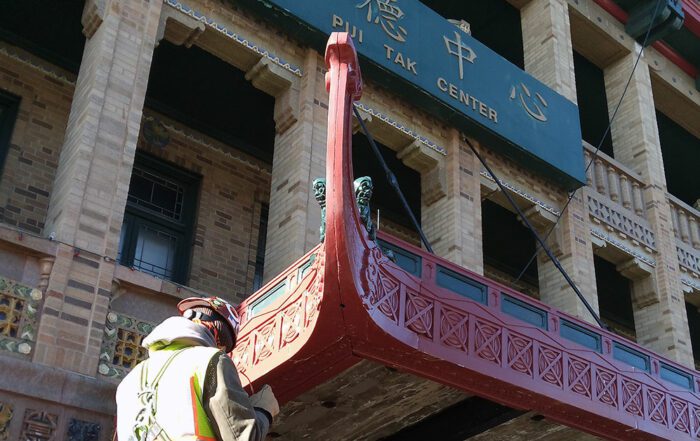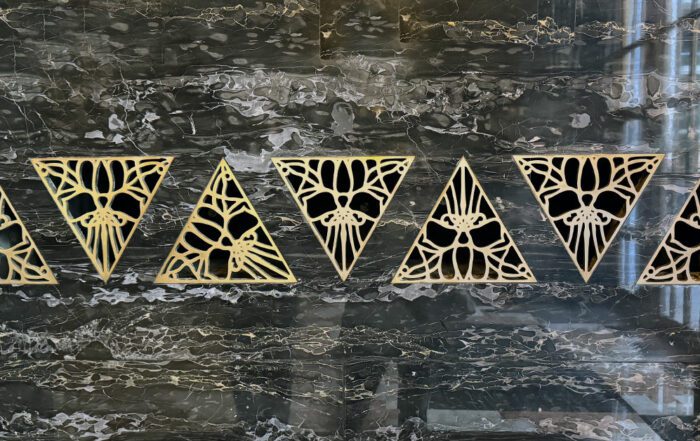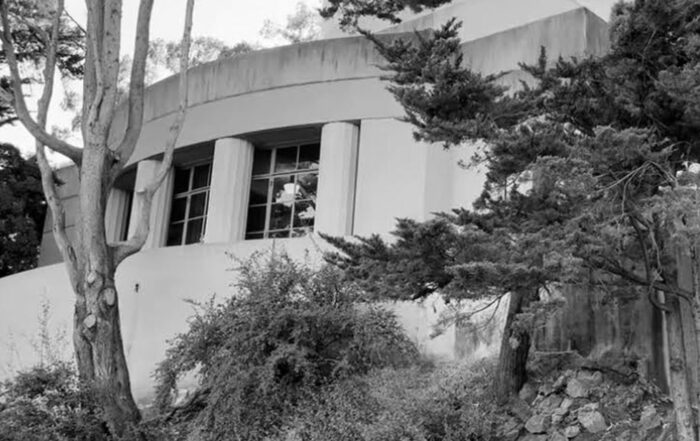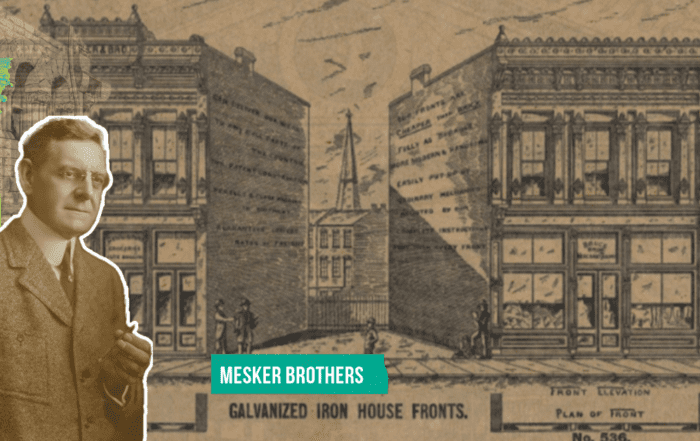San Francisco’s Hidden Architecture
During a recent visit to San Francisco, I explored the city’s rich architectural landscape, including Coit Tower, one of its most iconic landmarks. Built in 1933 during the Great Depression, the tower’s origins are linked to Lillie Hitchcock Coit, a wealthy socialite with close ties to the city’s firefighting community. Influenced by Parisian design and the architectural guidance of Arthur Brown Jr., a University of California at Berkeley alumnus, the structure reflects both artistic ambition and civic pride. Its interior is adorned with murals funded by the Public Works of Art Project, depicting life during the Depression. Metal features prominently throughout the tower, symbolizing both durability and the industrial progress of the era.
Inside Coit Tower, a series of sweeping fresco murals transforms the walls into a vibrant chronicle of 1930s California life. Created by more than 25 artists as part of the Public Works of Art Project, the murals reflect the social and economic themes of the Great Depression. Scenes of farmers tilling fields, factory workers assembling machines, dockhands loading cargo, and scholars immersed in books capture the tension between labor and industry during an era of economic instability. Influenced by the work of Mexican muralists like Diego Rivera, the murals are rich in color, movement, and symbolism. They serve not only as public art but as a visual document of the period’s struggles and triumphs. Their narrative power and bold style have made them an integral part of Coit Tower’s cultural significance, drawing visitors into a visual dialogue with history.
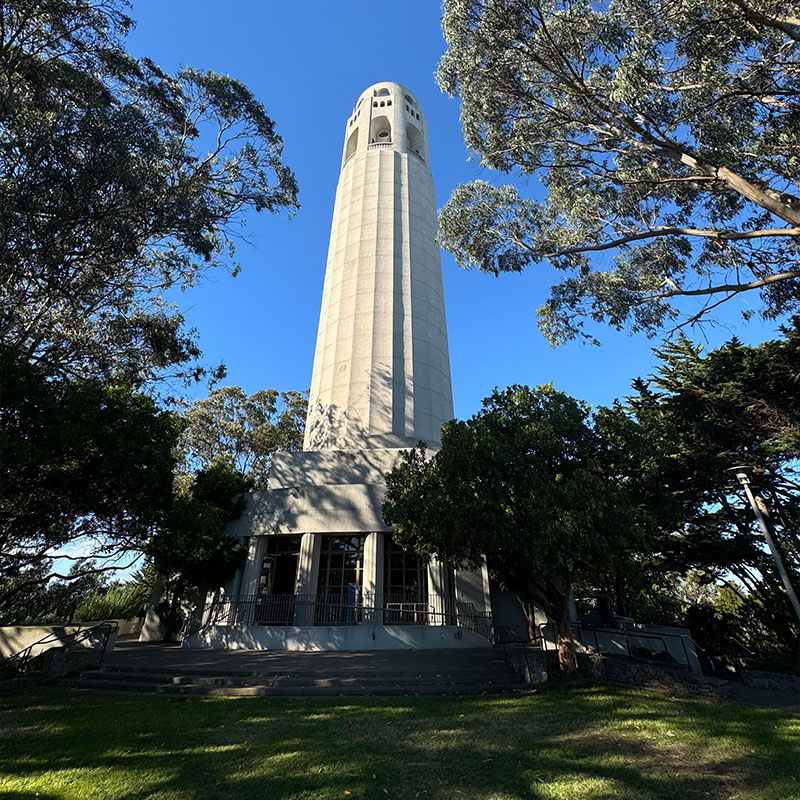
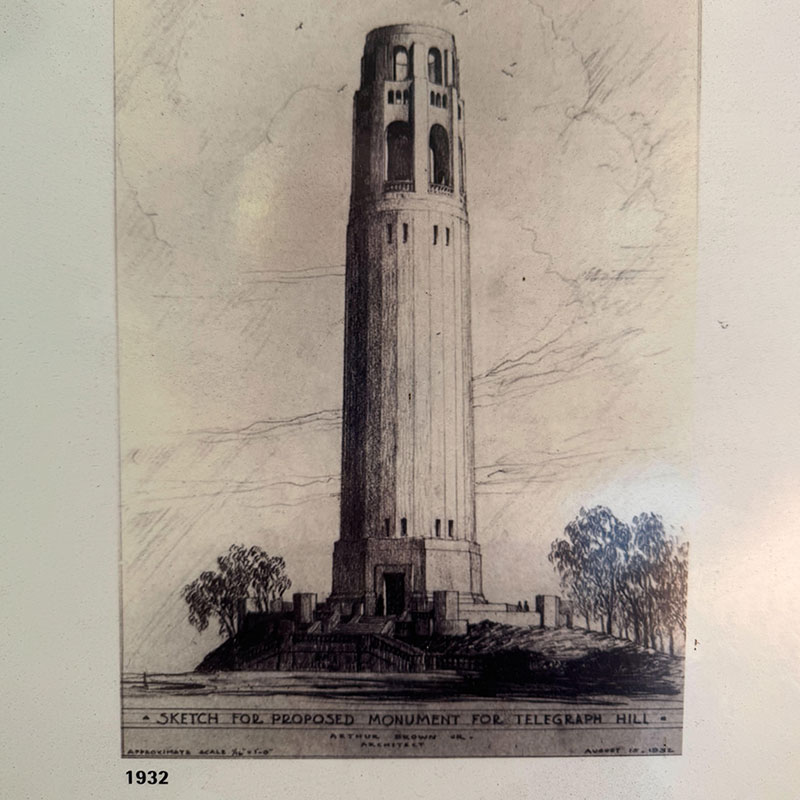
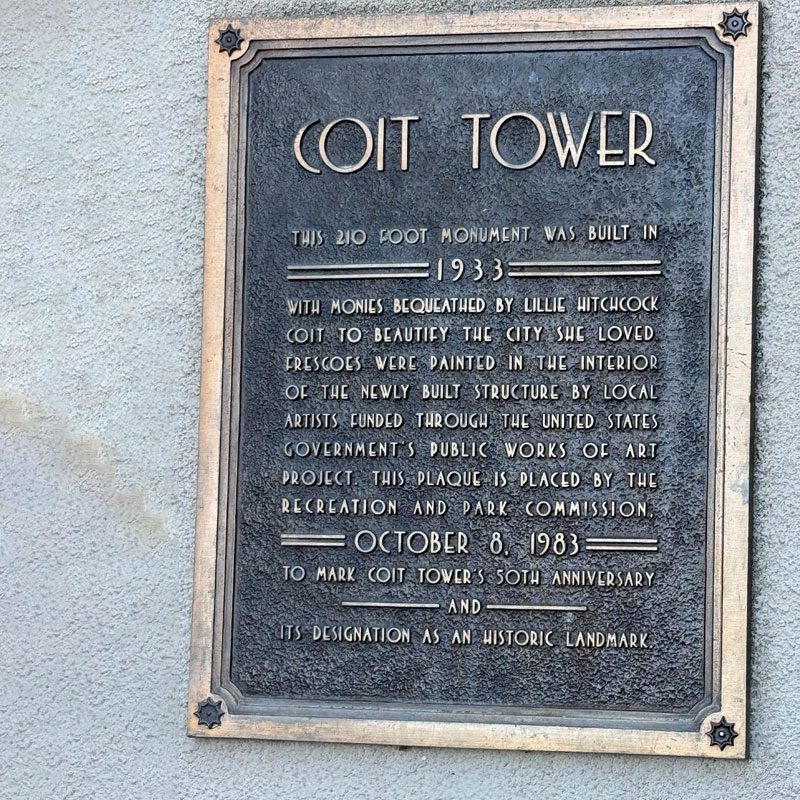
Stay Hydrated!
At the entrance to Coit Tower stands a nearly 100-year-old metal drinking fountain, complete with a functioning foot pedal—a testament to the enduring craftsmanship of Murdock Manufacturing. Founded in 1853 by John G. Murdock, Sr. in Cincinnati, Ohio, the company revolutionized water access at a time when most people still relied on communal wells. Murdock’s innovation began with frost-free hydrants and expanded to become the benchmark in the drinking fountain and water hydrant industries for nearly 170 years. The company’s reputation for producing high-quality, durable products earned it a place in key Depression-era projects under the Works Progress Administration (1935). Notably, the M-1776 Old Style drinking fountain, one of the earliest models of its kind, is still being manufactured today. Many of their original century-old designs remain in use and can be restored with original parts, demonstrating Murdock’s legacy of lasting utility and craftsmanship.
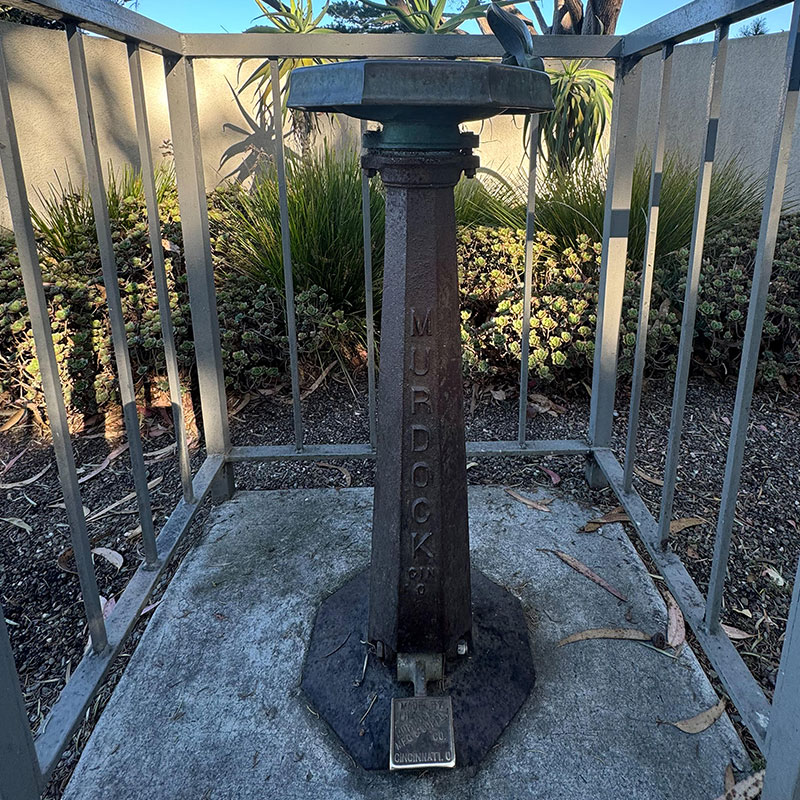
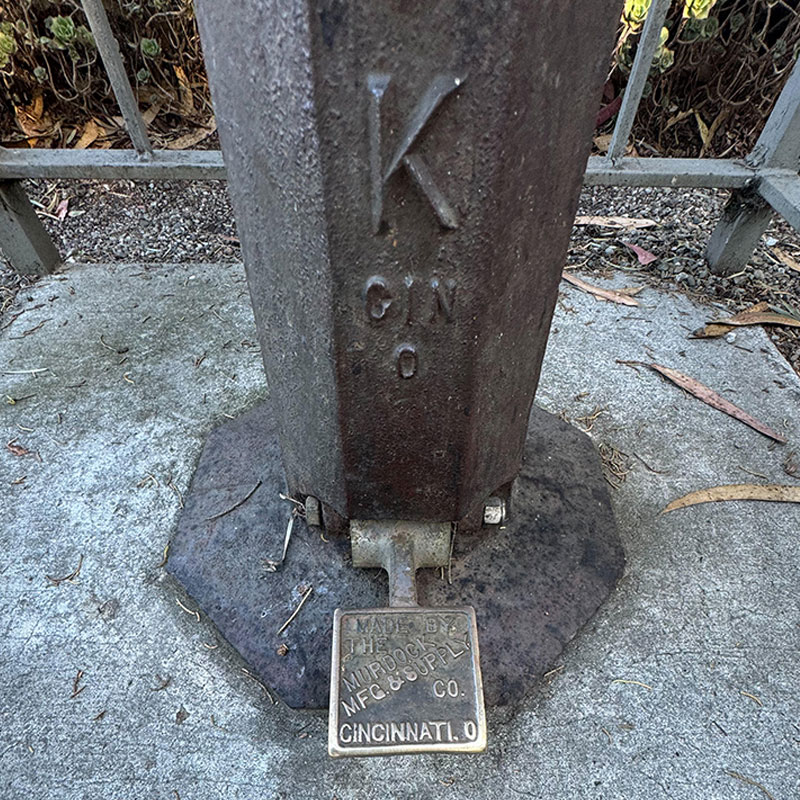
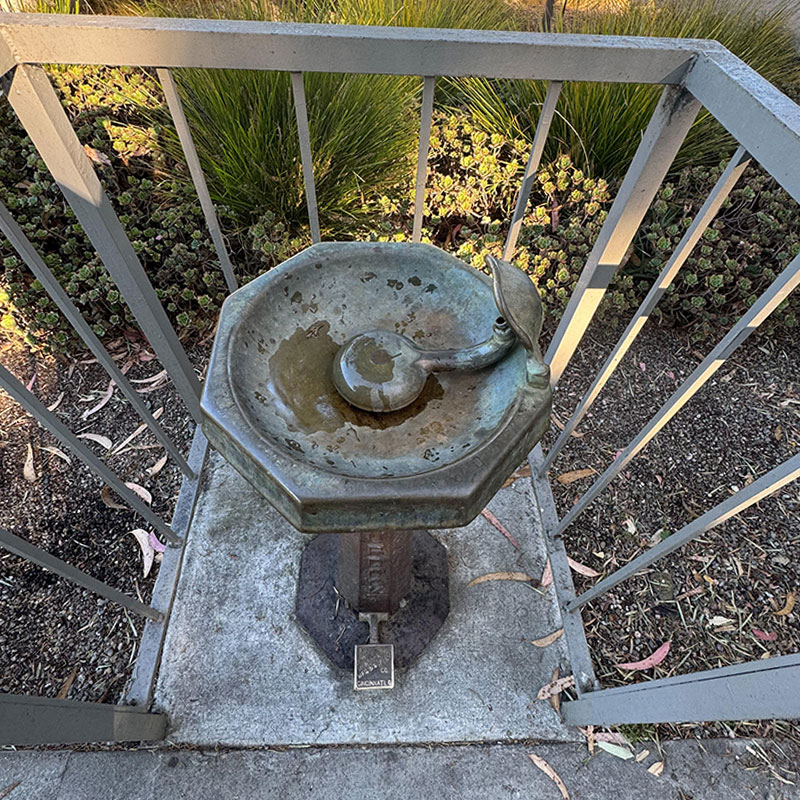
Who’s Who Behind Coit Tower: The Visionaries and Influencers
The creation of Coit Tower involved a cast of influential figures whose contributions helped shape its design, cultural significance, and legacy.
Lillie Hitchcock Coit – A colorful and eccentric San Francisco socialite, Lillie Hitchcock Coit was known for her lifelong admiration of the city’s firefighters. As a teenager, she famously helped pull a fire engine uphill, earning her the honorary title of “fireman.” Upon her death in 1929, she left a portion of her fortune to the city “for the purpose of adding to its beauty,” which ultimately funded the construction of Coit Tower.
Arthur Brown Jr. – One of the leading architects of the early 20th century, Brown co-designed Coit Tower with architect Henry Howard. Best known for his work on iconic structures like San Francisco’s City Hall and the War Memorial Opera House, Brown’s Art Deco vision for the tower combined sleek, modernist design with civic grandeur. His attention to detail helped transform the structure into a lasting symbol of the city’s resilience and creativity.
Henry Howard – Partnering with Brown on the tower’s design, Howard played an essential role in blending form and function, ensuring that the tower’s sleek exterior harmonized with its surrounding environment. His contributions extended beyond the tower, as he also played a key role in designing numerous municipal projects across the city.
John Bakewell Jr. – An accomplished architect who co-founded the influential firm Bakewell and Brown, Bakewell contributed to San Francisco’s urban landscape with projects such as the San Francisco City Hall and the Beach Chalet. Though his role in Coit Tower was more peripheral, his architectural influence shaped the city’s aesthetic during that era.
Bernard Maybeck – One of the most revered architects of the Arts and Crafts Movement, Maybeck’s influence permeated Bay Area design during the early 20th century. While not directly involved in Coit Tower’s construction, his mentorship of architects like Brown and Bakewell contributed to the era’s creative design ethos, linking craftsmanship with civic identity.
Together, these individuals left an indelible mark on Coit Tower, each contributing their expertise to a project that continues to embody the artistic, historical, and architectural legacy of San Francisco.
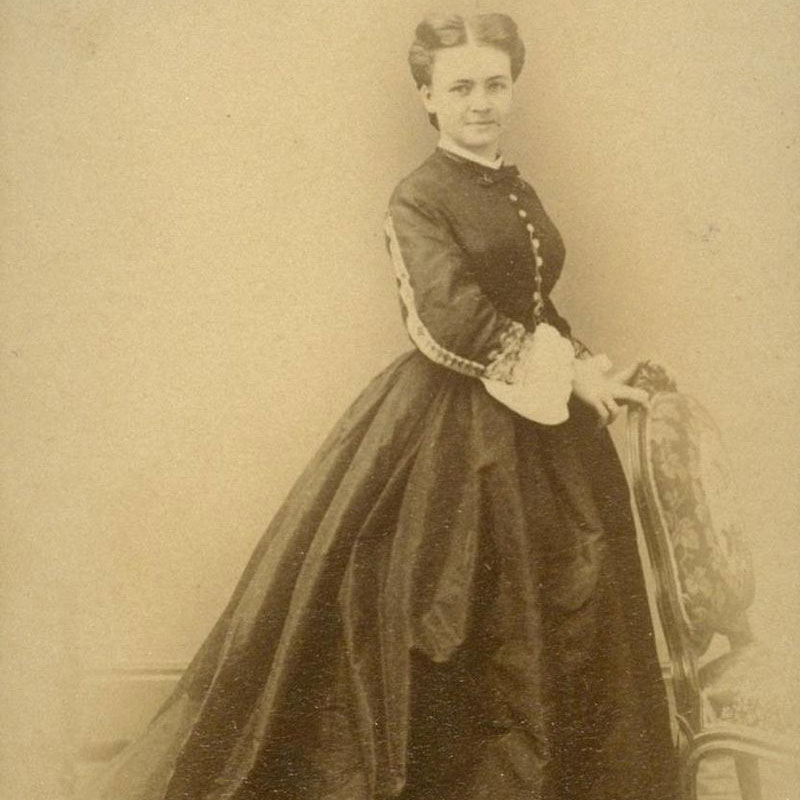
Lillie Hitchcock Coit
A Living Landmark: Coit Tower Today
While Coit Tower’s history and architecture attract visitors from around the world, its surroundings offer an equally captivating experience. The wild parrots of Telegraph Hill, made famous by the 2003 documentary The Wild Parrots of Telegraph Hill, have become unofficial guardians of the area. The vibrant green and red birds, descendants of escaped or released pets, can often be seen flying in flocks or perching in the trees near the tower. Their lively presence adds a layer of charm, blending nature with San Francisco’s urban landscape.
Coit Tower stands as more than a monument to history—it’s a reminder of the creativity, resilience, and community spirit that shaped the city. Preserving landmarks like this ensures that future generations can engage with the stories, craftsmanship, and culture of the past while continuing to find new meaning in these spaces. As the tower endures, so too does its ability to inspire new chapters in the city’s ever-evolving narrative.


